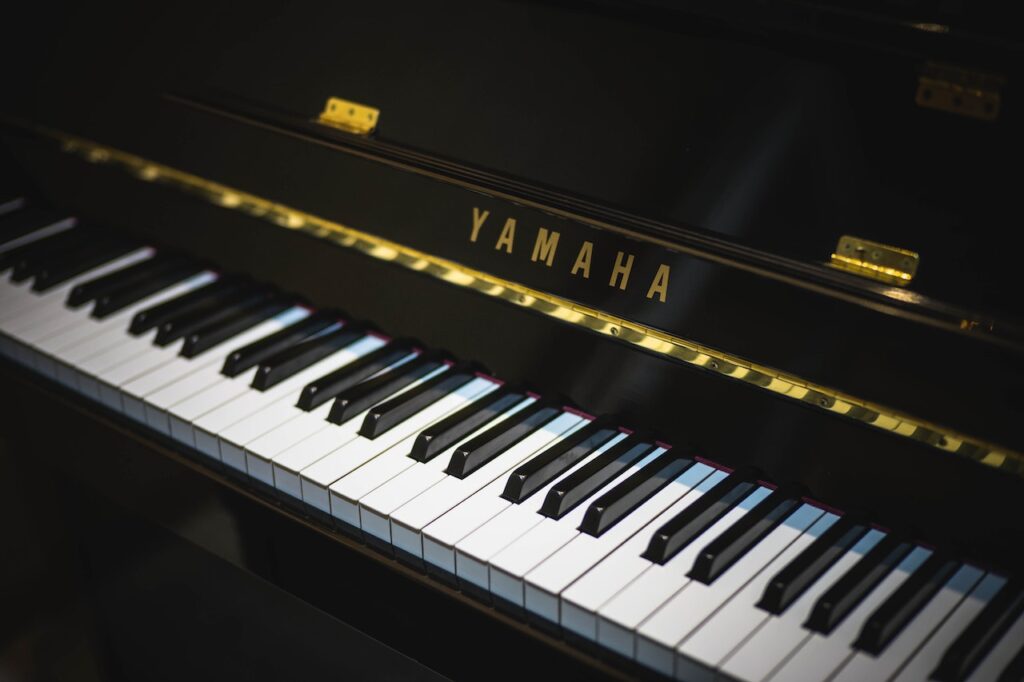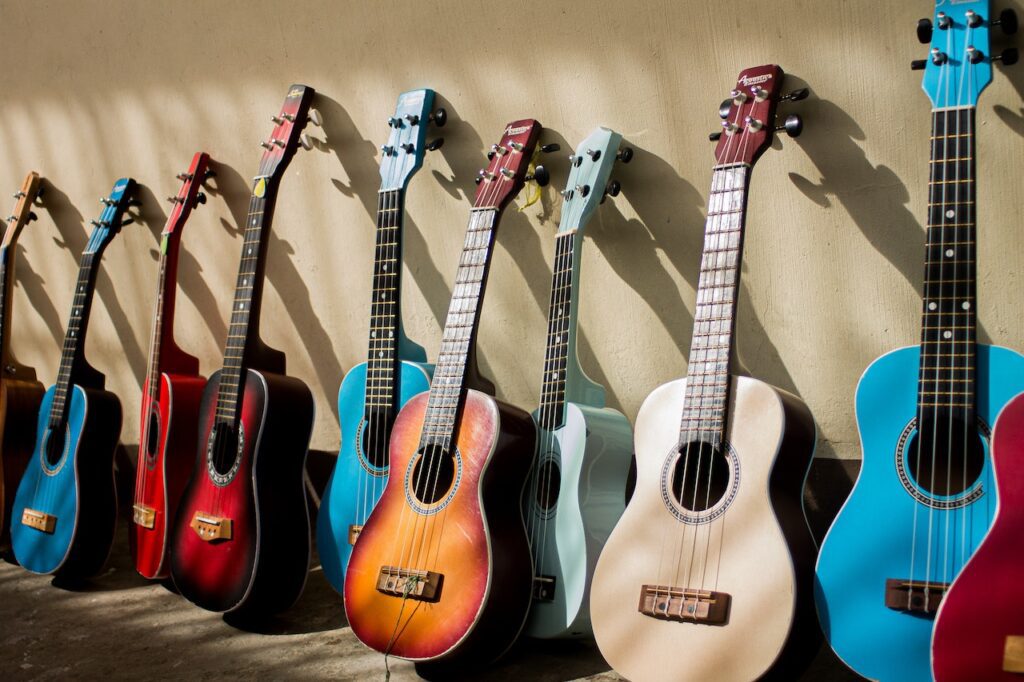What instrument should a child learn first? We all want our children to get the benefits that come with learning to play a musical instrument. But does it matter what instrument a child plays first? And what is the best age to start learning? In this post, we’ll tackle these questions and look at the different options available for children starting out on their musical journey.
Things to think about when choosing a first instrument
The best first instrument for your child will depend on several factors, including:
- The age of the child: Very young children do best when allowed to explore music through playing with lots of different instruments. As kids get older they can specialize and take up formal lessons.
- The child’s interests: Kids learn best when they are engaged with the material. An instrument that your child wants to play is much more likely to capture their imagination than one that is imposed upon them.
- Physical considerations: If your child can’t physically handle the instrument, they’re going to struggle. Something small like a flute is often a better choice than a large instrument like a tuba. Manual dexterity is crucial too – some instruments require more than others.
- Cost: It’s a good idea to spend modestly on a first instrument to avoid overloading the child with unreasonable expectations. Think about maintenance too – some instruments cost more to maintain than others.
What is the best age to start learning an instrument?
Music teachers generally agree that for most children, formal music teaching shouldn’t begin until they are around seven or eight years old. Before that, it’s best to take a very relaxed, informal approach and allow kids to play and explore sound in their own way, without any expectations. Some kids are ready for formal instruction at an earlier age, but it’s important not to force it – let your child lead the way.
When it comes to formal instruction, the most important thing is that the child is ready and wants to learn the instrument. Formal instruction doesn’t have to be stuffy or restrictive, but there is an expectation that the child will apply themselves. Practicing regularly and working at improving is the aim of the game. If the child is not ready for that or isn’t happy with the instrument, they’ll likely get put off and quickly give up.
What is the easiest instrument to play?
In this context, “easy” can mean all sorts of things. What one child finds easy, another might struggle with – and vice versa. Every musical instrument has aspects that are challenging to master, but some instruments are easier to pick up and play than others. Some things that make some instruments easier than others to play include:
- How the sound is produced: It’s easier to make a pleasant sound with some instruments than with others. Think about the piano and the violin, for example. It’s much easier to produce a note on the piano than on the violin!
- The size of the instrument: Small instruments are easier for kids to play than large ones, simply because of their weight and bulk. The exceptions here are instruments that don’t need picking up or moving, such as drum kits and pianos.
- The complexity of the instrument: Some musical instruments are super simple – the triangle, for example. Others, such as the accordion, are incredibly complex. The simpler the instrument, the easier it is to play.
It’s important to note that if the child doesn’t want to play the instrument – no matter how “easy” it is – it won’t be easy for them. And if the child loves playing an instrument that is considered to be difficult, they’ll find it easier because they enjoy it.
What are the best instruments for kids to learn first?
Learning any musical instrument is valuable for children. That said, there are several instruments that are especially suited to kids.
Young children (under seven)

- Percussion: Percussion instruments are most children’s first instruments, and for good reason. Kids can explore rhythm, pitch, and tone without having to learn how to read music, and have a wild time learning while they play.
Any of the small percussion instruments are great for young kids to experiment with – the triangle, tambourine, and xylophone are all good choices. Kids’ music groups are the perfect environment to get into percussion. They’ll likely have a wide range of instruments and lots of other kids to play with.

- Piano: The piano is an ideal first instrument for several reasons. Although it might seem a bit complicated for young kids, it’s actually very accessible. It’s easy to make a pleasant sound without any training at all – just press a key! It’s also pretty easy to start playing simple songs.
One of the big advantages of learning the piano is that it provides a foundation for further musical exploration. The piano will also “grow” with the child – as they gain experience there is an entire world of music to discover.
Older children (seven plus)
- Piano: Once again, the piano is a great choice for a first instrument. Playing the piano improves coordination and concentration, and provides the perfect outlet for self-expression. There’s no need to own a full piano, either. Electronic keyboards are an affordable and effective way for any child to learn to play.
- Drums: It might seem surprising, but a drum kit is an ideal first instrument – as long as the child can reach the different parts! With the drums, children develop their coordination, rhythm, and motor skills. Playing the drums is also a great way to release tension and pent-up energy.
- Recorder: The recorder is a classic first instrument and is by far the easiest wind instrument to play. It will help your child develop coordination, dexterity, and lung power.
- Flute: The flute is one of the easier woodwind instruments to play, and its size makes it accessible for many children. It’s more complex than the recorder but will help your child in a similar way.
- Guitar: Some children have their sights set on a particular instrument right from the start. Often, that instrument is the guitar. It’s not the easiest instrument to play and takes a lot of hard work to master, but it’s hugely versatile and will likely stick with your child throughout their life.
How to choose the right first instrument for your child

The best way to choose your child’s first musical instrument is to have them guide the way. Let them listen to the different instruments and see which sounds they enjoy the most. If possible, allow them to try out instruments in a pressure-free environment and watch what they gravitate towards. Ask them about their preferences and be wary of piling on too many expectations!
Remember that the point of learning an instrument is for your child to have fun and develop their skills at the same time. If they’re not having fun, don’t be afraid to suggest switching instruments.
In conclusion
The best instrument for a child to learn first really depends on the child and their situation. While it is beneficial to learn any instrument, there are a few that lend themselves to being a child’s first instrument. Regardless of what you choose, the most important thing is that your child enjoys playing the instrument. If they love what they’re doing, they’ll carry on playing for years to come.
Written by Liz Sullivan